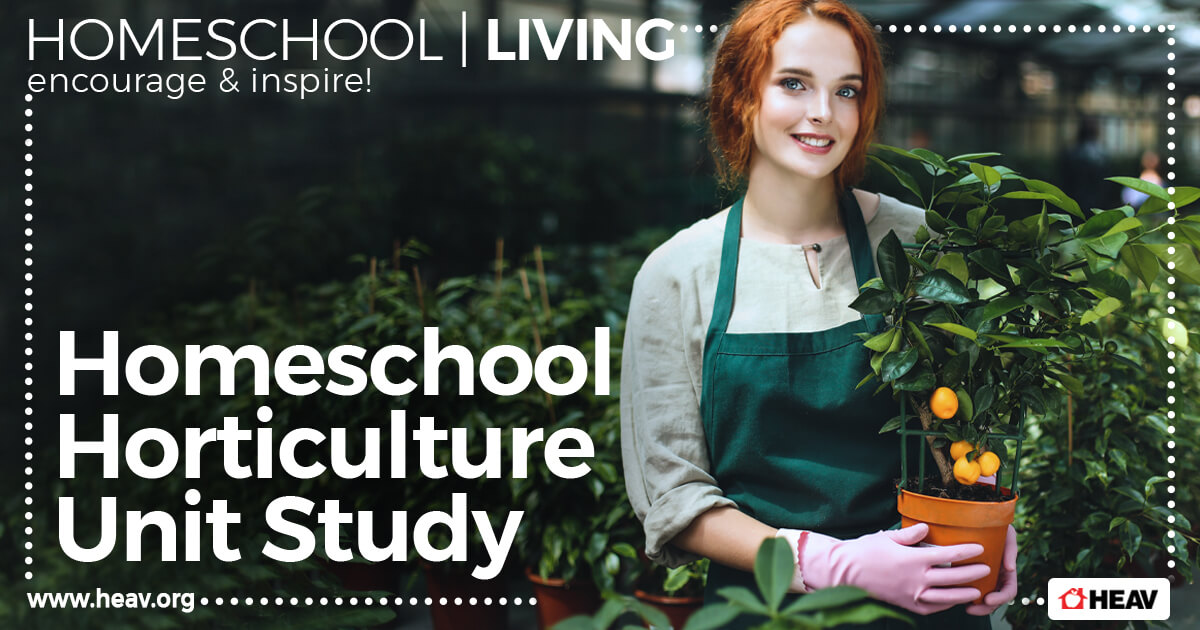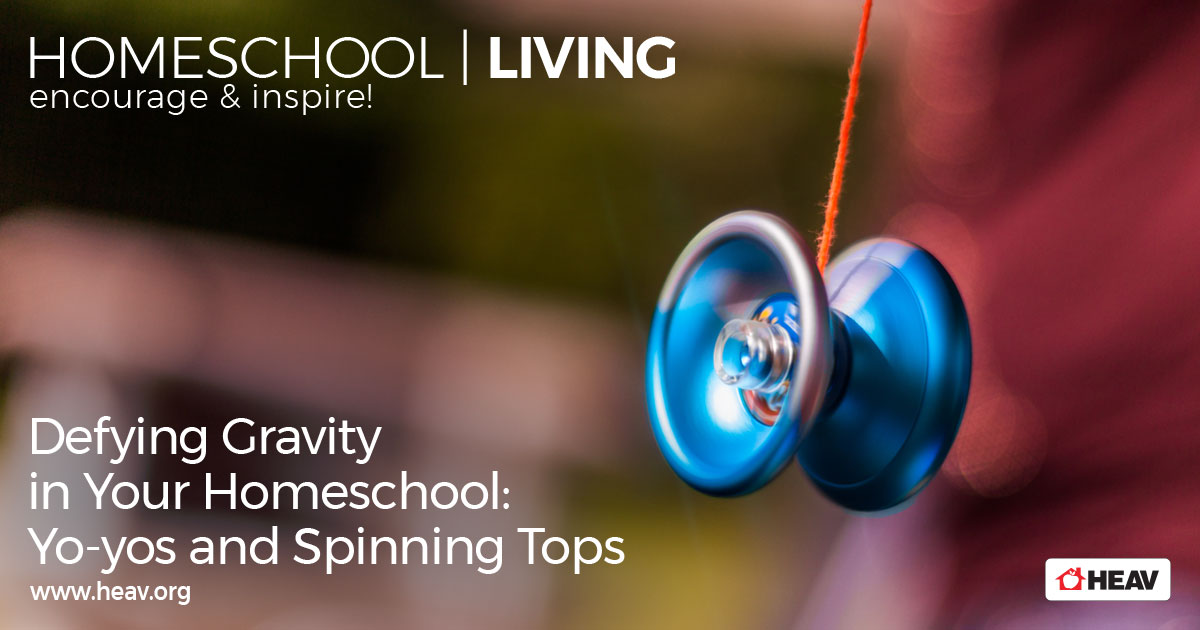Horticulture Unit Study
Horticulture & Grafting
What exactly is tree grafting? While splicing different trees together might seem like a mad science experiment, it’s actually a very common practice in fruit tree propagation. Growing trees from seed takes an incredibly long time and doesn’t always result in the delicious fruits we love. Some of our most popular varieties of apples, such as a Macintosh, only exist today due to grafting–the original trees date back to 1811. You can learn all about the science and economics behind tree grafting here at OrchardPeople.com.
One of the most beautiful and well-known examples of successful tree grafting is the Tree of 40 Fruit, created by artist and botanist Sam Van Aken. This beautiful tree is just what it sounds like–a tree capable of producing forty different varieties of stone fruits, like peaches, plums, nectarines, and many more. Van Aken has created and cultivated over a dozen of these fairy-tale-like trees across the country.
Although grafting is more common as a method of cultivating trees, there are plants that can be grafted together as well. If you’re interested in incorporating a hands-on component into your homeschool horticulture unit study, check out this “pomato” plant experiment. You’ll need potted tomato and potato plants. Try your hand with this creative plant that grows tomatoes on the top and potatoes on the bottom.
It might seem like grafting is a modern scientific process of growing trees, but the practice actually dates back thousands of years, and was so well-known that Paul even uses grafting as a metaphor in one of his letters to the Roman church. Check out the passage and its significance here.
Alternatively, you can propagate a variety of plants–flowers, fruits, and vegetables–from seeds. One of the hardest parts of growing from seed is transplanting the seedlings from their safe little trays into the wide world of your garden. Check out these simple steps for transplanting seedlings from One Creative Mommy.
Growing seeds with kids can be a rewarding and invaluable educational experience, but it’s important to choose seeds that will make it easier to engage your students, especially if your unit study includes younger children. Check out this list of kid-friendly, fast-growing seeds that offer a more easily visible payoff to help foster kids’ natural curiosity and encourage their interest in gardening.
Visit our HEAV blog, Thoughts from the Homeschool Trenches, for more homeschooling and unit study ideas as well as creative activities to implement them.









